With summer here, our tasting group has been trying to get caught up on sessions we had to cancel during the past four months. Our first ‘catch-up’ session took place at the home of Don Lyster. We gathered together in his north Burnaby backyard in mid-July. We don’t usually meet outdoors or during the summer, but COVID has changed all that, and sitting outside, spaced well apart, has allowed us to continue. Don’s lush garden provided an idyllic setting.
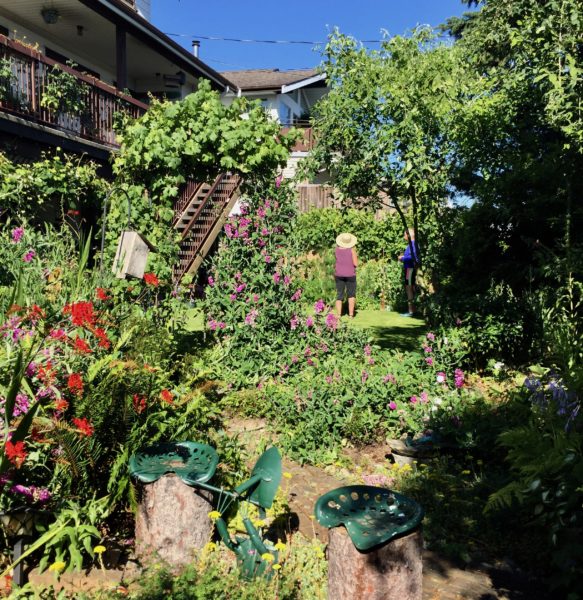
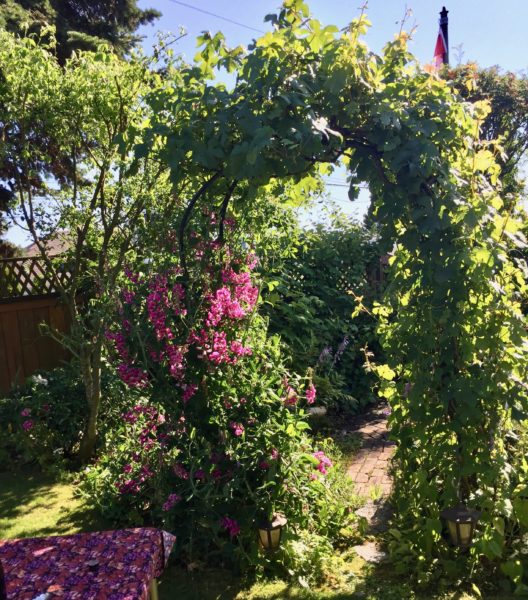
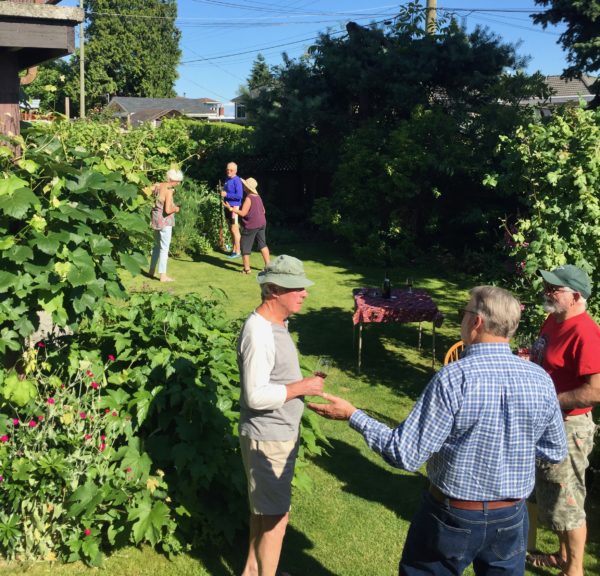
When I first got there, I walked around admiring all that they had growing and was quite surprised to see a muscat grapevine near the house.
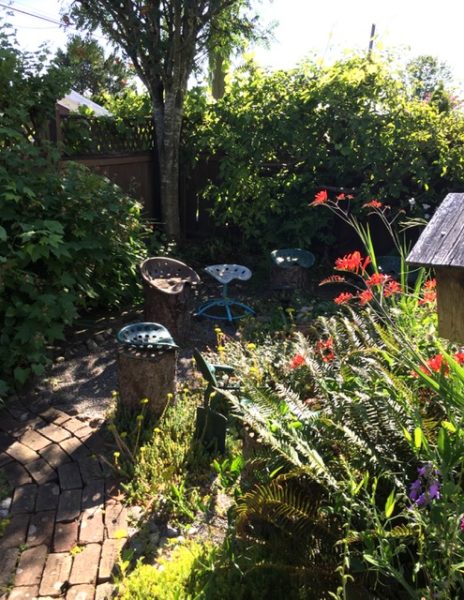
Don and his wife, Carol toured New Zealand last fall. When they weren’t on the Lord of the Ring tour and visiting Hobbiton, laying on the beach, or cycling and snorkeling, they were wine tasting and they managed to pack in a lot of wine tasting. Besides sauvignon blanc, chardonnay, riesling, and syrah, they also sampled many pinots while there. Many were quite good and this inspired him to do a New Zealand pinot noir tasting for our group.
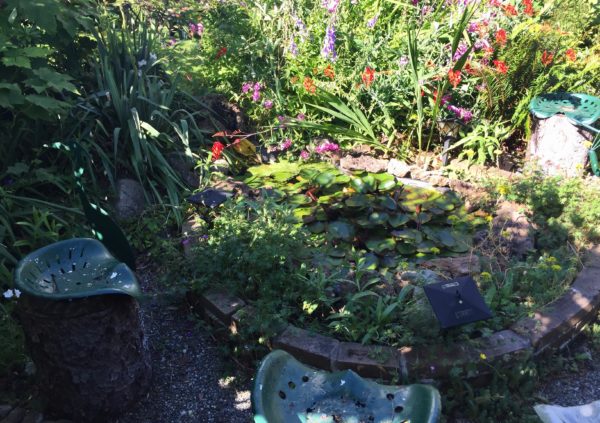
But first, a little background on New Zealand and their wine industry. Winemaking here dates back to the mid 19th century. New Zealand has ten major wine growing regions spread almost evenly between the north and south islands. They span over 1600 kilometres from north to south, from 36° to 45° south latitude, with most areas heavily influenced by maritime conditions which translate into cool summers and mild winters that result in bright, crisp, fruit-forward wines with lots of acidity. Sandstone, limestone, and chalk soils are common. Most of these vineyards lie along the protected east coast due to the rain shadow effect. There is also a big commitment to sustainability with 98% of vineyards above the ISO standard.
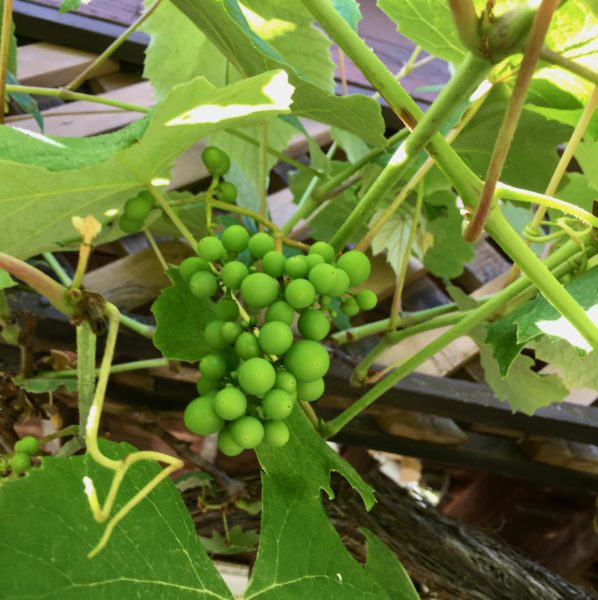
After sauvignon blanc, New Zealand is best known for its pinot noir. Almost 14 000 acres are planted to pinot noir which was first commercial bottled in 1987. It grows in many regions but is largely concentrated in Marlborough, on the south island. The rest is grown in the cooler regions of the southern island including Wairarapa, Nelson, North Canterbury, and Central Otago.
Typically, pinot noir can show a wide range of red fruit aromas and flavours including, bright raspberry, cherry, strawberry, plums as well as herbs, spice, and vanilla. In warmer areas pinot will have a fuller body and darker, ripe fruit and floral, savoury, earthy notes such as mushroom and forest floor. Better pinots are layered and complex. With New Zealand pinots, you can usually expect crisp acidity with bright fruit and minerality as well as any of the above qualities depending on the region.
Pinot noir is one of the most versatile food wines – from pork, fowl, red meats, game, salmon, (a must-have with duck). It is best after some bottle ageing of at least 2-5 years and should be served with a bit of a chill at around 15 °C.
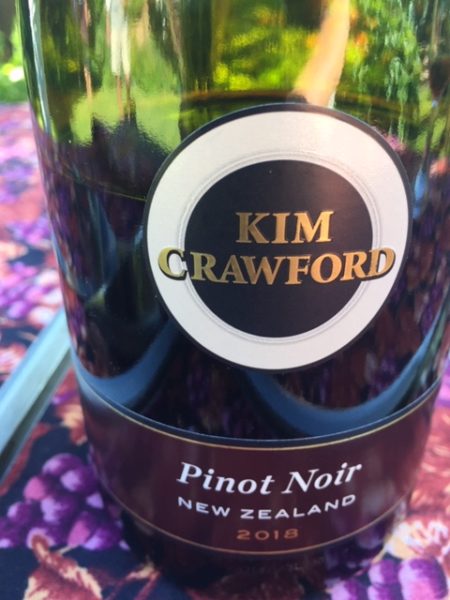
Upon arriving we were served a glass of Kim Crawford 2018 Pinot Noir to set the tone for the evening. All Don told us about the flight was that the wines came from five different regions, represented four vintages, ranged in price from $18 to $47 and that they were all available in BC stores.
We tasted through the flight (blind as always) and all but two were noted as favourites, which was no surprise, as based on group averages, there was little range in the scores for the majority of the wines. Most showed classic New Zealand character – bright acidity and aromas of cherry, spice, and vanilla.
Once we were done, the identities were revealed.
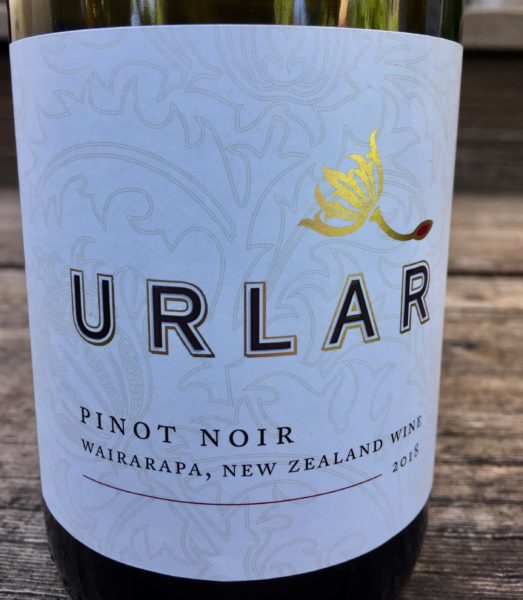
Urlar 2018
Gladstone Wairarapa
$36.98
Very light intensity, but with pleasing nose and palate. One of the top-scoring wines.
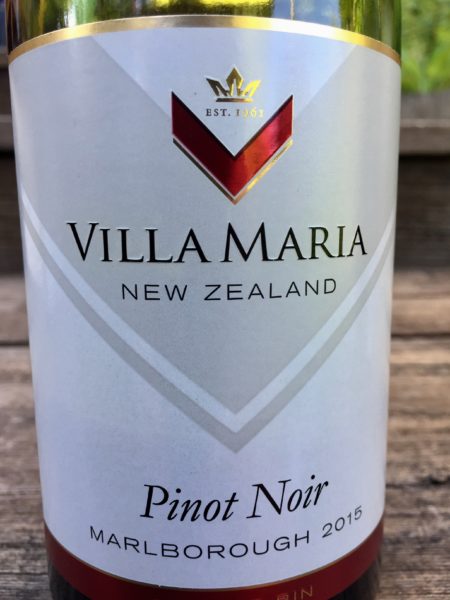
Villa Maria 2015
Marlborough
$26.98
Villa Maria is one of the top three largest wineries in New Zealand. This straight-up NZ pinot placed in the middle of the pack.
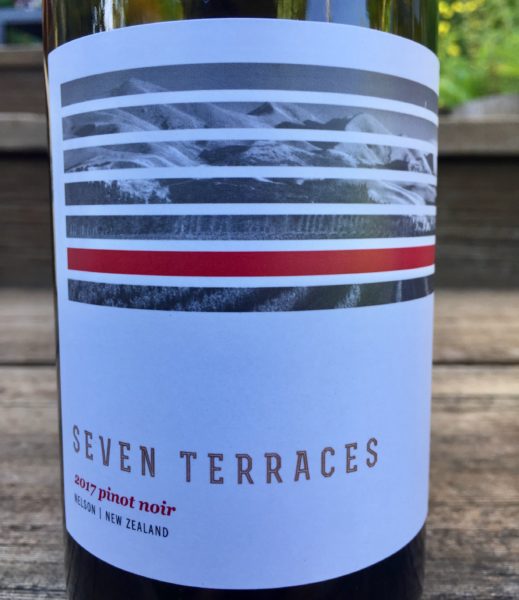
Seven Terraces 2017
Nelson
$29.98
One person found this to be her favourite by quite a margin. For the group, it was another one in the middle.
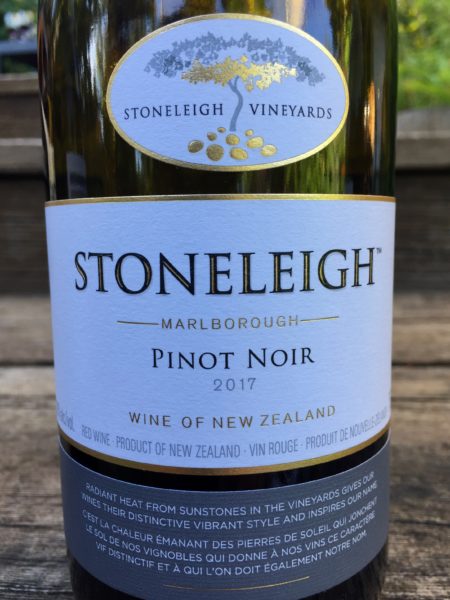
Stoneleigh 2017
Marlborough
$18.99
The most ‘Burgundian’ in character and clearly the best buy of the evening. My favourite wine of the flight. Overall #3.
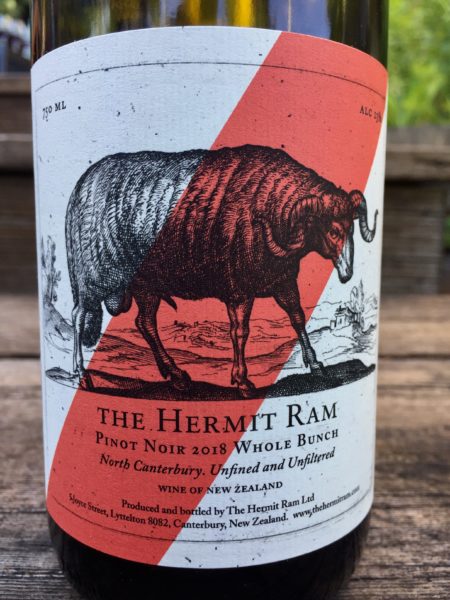
The Hermit Ram 2018
Canterbury
$39.98
Unfined and unfiltered. Cloudy, thin, and somewhat sour. This wine did not make a good impression and was the least favourite for everyone.
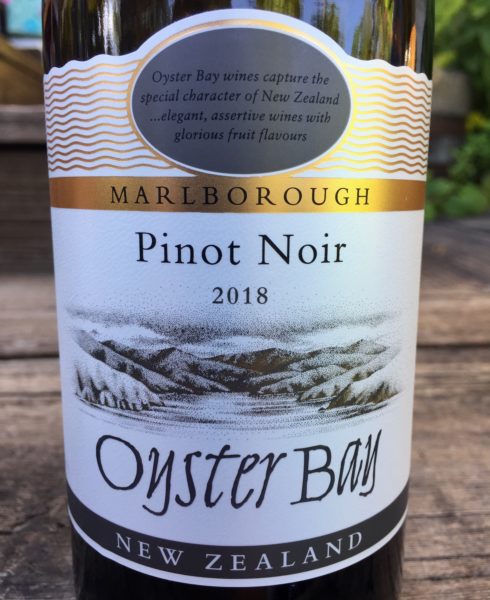
Oyster Bay 2018
Marlborough
$23.98
Totally acceptable, but with nothing to make it stand out.
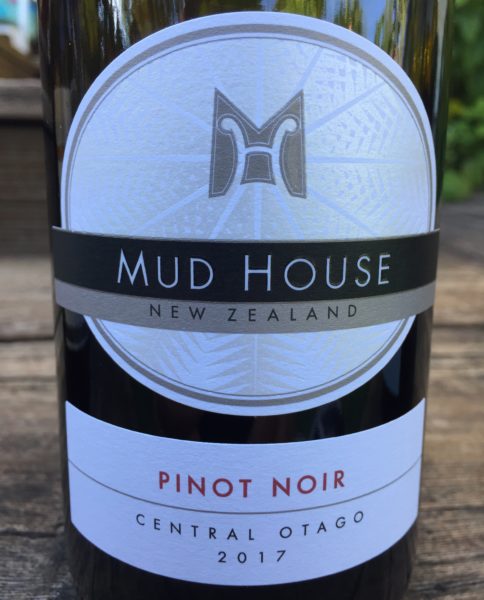
Mud House 2017
Central Otago
$30.98
One person quite liked it, otherwise in the middle.
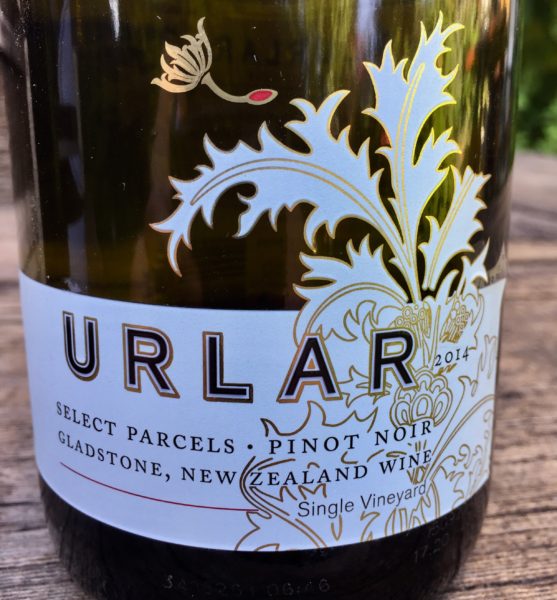
Urlar 2014
Gladstone Wairarapa
$46.98
The oldest vintage, but six years for a pinot is nothing to be concerned about (actually it should have been a big plus). I found this one to be different in character from all the others. Pleasant with slightly thin body, but not typically pinot like, however, several disagreed with me and had this as their favourite. I thought it was a very nice wine, just lacking varietal character.
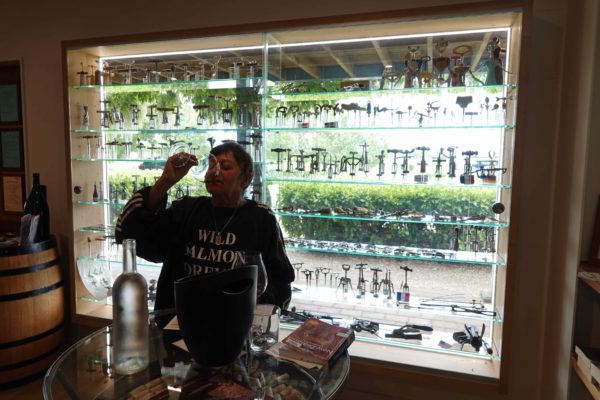
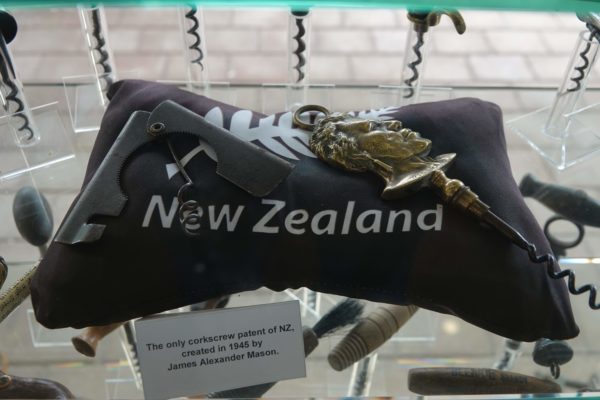
One of the many wineries the Lysters visited was Fromm winery in Marlborough. After enjoying some very good wine and selecting one to bring home, they chatted with the Swiss owner and found out he was an avid corkscrew collector. Don asked him if he knew Wayne Meadows and Sal Robinson, two of our members, and owners of the Corkscrew Inn B&B. It turns out he knew them well, proving the ‘small world’ adage.
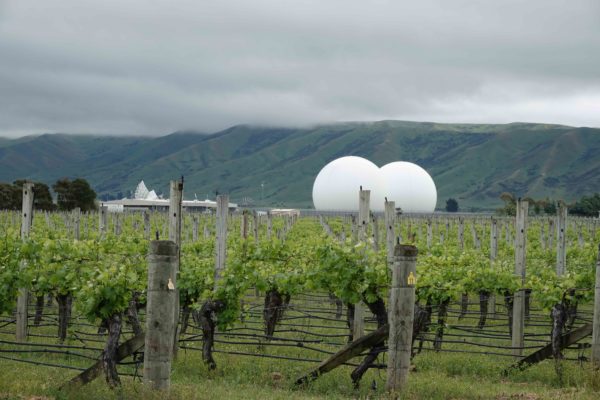
To find out more about the Corkscrew Inn and Wayne’s Steam Engine Powered Corkscrew, check out: https://www.youtube.com/watch?v=PawD1DlbFSo
(All photos, except as noted – Sam Hauck)

